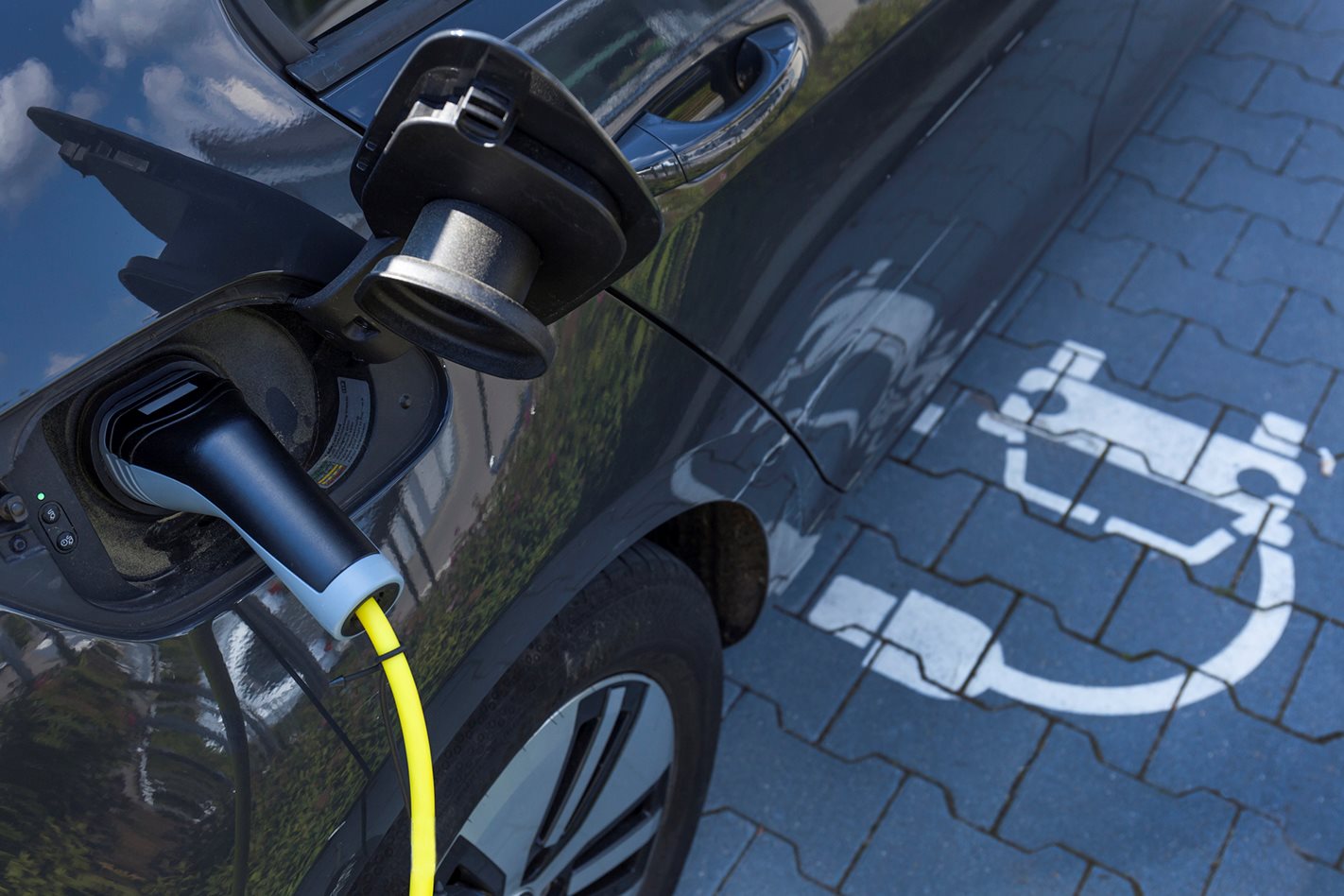
Electric vehicles are, in many ways, simpler than conventionally powered cars in that they have far fewer moving parts or things that can go wrong.
However, anyone new to EVs would be forgiven for being a little confused at all the numbers relating to their power, battery capacity and how long they take to charge, as their respective units of measurement all contain a reference to kilowatts (kW).
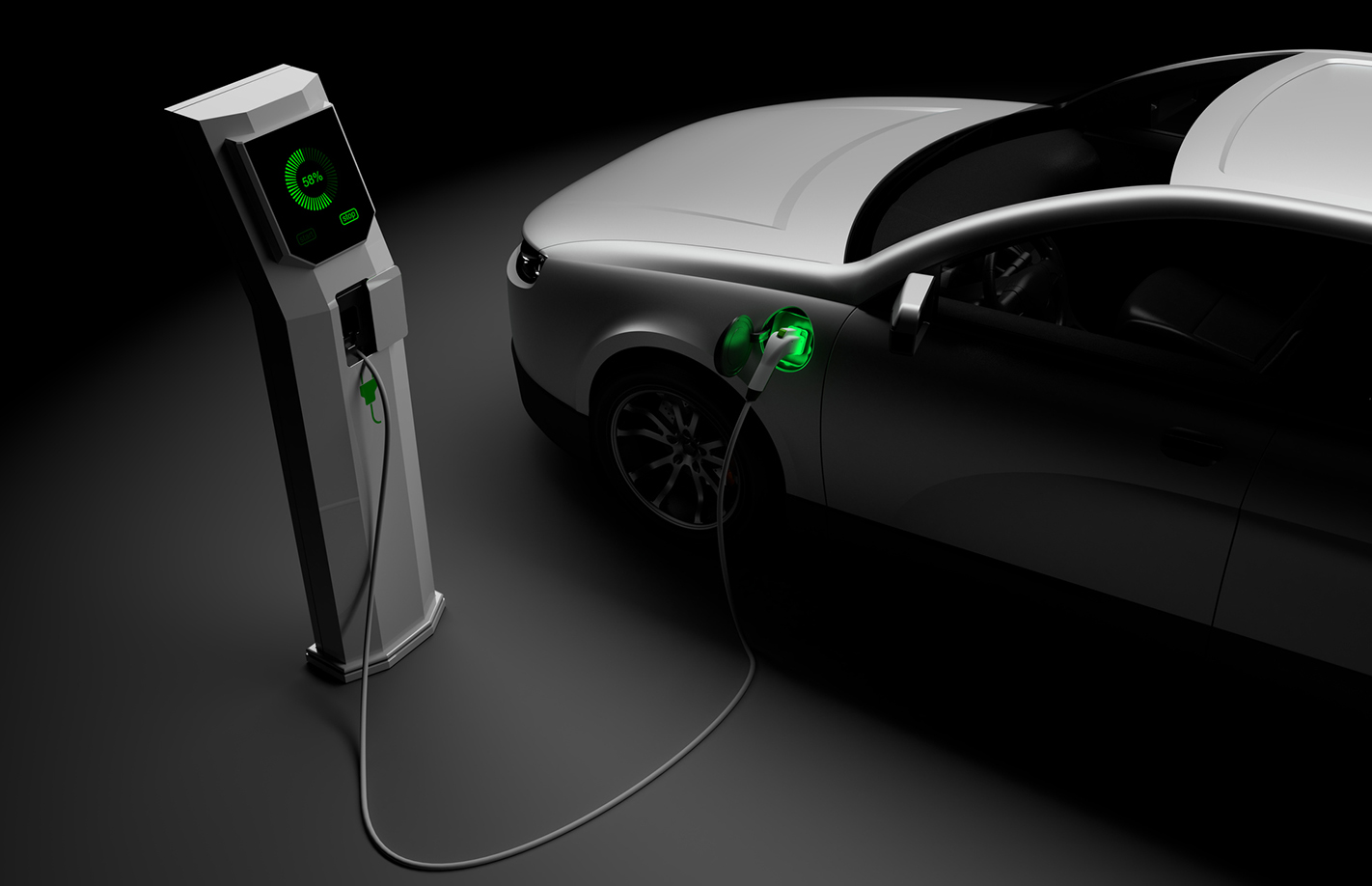
So what do the numbers and letters mean and how do you tell them apart?
EV motor power (kW)
The car’s power is fairly straightforward and refers to the electric motor’s maximum output. This is measured in kilowatts (or 1000 watts) just like a normal internal combustion engine (ICE). The higher the kW figure, the more oomph you’ll get at the expense of energy consumption.
As the following list shows the power ratings of EVs aren’t too different when compared with similarly-sized and performing ICE vehicles.
- Nissan Leaf – 110kW
- Hyundai Kona Electric – 150kW
- Mercedes-Benz EQC – 300kW
- Porsche Taycan Turbo S – 560kW
- Tesla Model S Performance – 595kW
Battery capacity (kWh)
The total battery capacity of an EV is measured in kilowatt-hours (kWh or kW-h). This rating tells you how much electricity can be stored in the battery pack. It’s a unit of energy just like calories and one kWh is equal to 3600 kilojoules (or 3.6 megajoules). Unlike kW, it is not a unit of power.
Lower-powered EVs require a smaller capacity; for example the Nissan Leaf stores 40kWh and the Hyundai Kona Electric 64kWh. The Porsche Taycan Turbo S meanwhile stores a maximum of 93.4kWh.
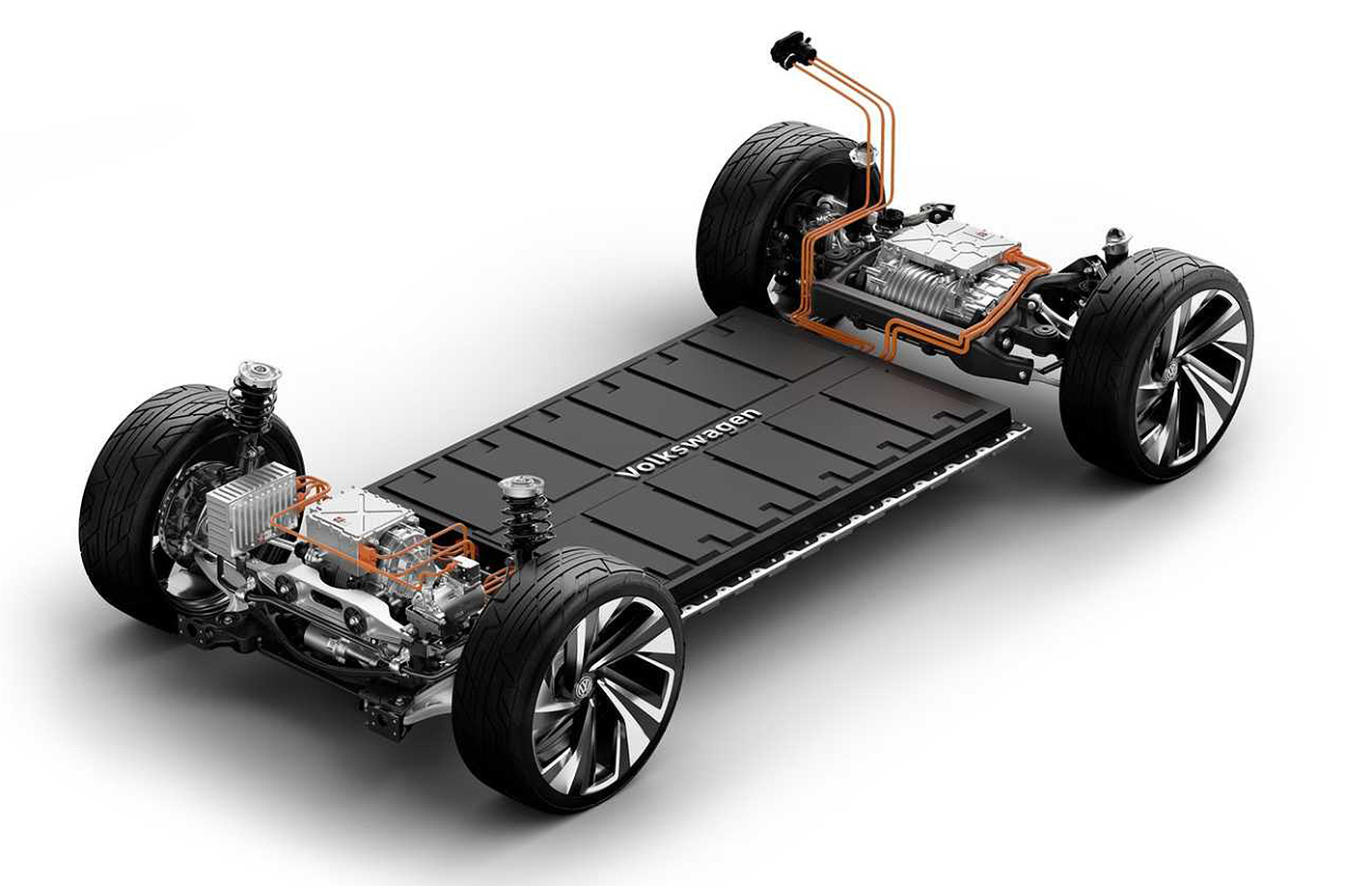
If all these cars had the same electric motor (and thereby the same maximum amount of power drawn from the battery at any given time) the Porsche would have the longest driving range because of its higher capacity.
However, the Porsche has a 560kW motor that’s designed for high performance and that comes at the cost of driving range, which is about 405 kilometres. But the Hyundai Kona Electric has a 557km distance range, even though it has a smaller battery capacity, because its motor is less powerful.
The reference to ‘hours’ in the unit is a source of confusion for some, but it’s fairly simple. The kilowatt unit is calculated as the amount of energy necessary to produce a kilowatt of power sustained for one hour.
EV efficiency (kWh/100km)
Like how ICE vehicle fuel consumption is measured in litres per 100km in highway, urban and combined settings, EV efficiency is rated by the number of kWh consumed over 100km.
More economical EVs, such as the Hyundai Kona, consume about 14kWh/100km combined, while the larger and more powerful SUVs such as the Audi E-Tron will suck electrons at a rate of 24kWh/100km.
It’s worth noting that while petrol and diesel vehicles are more efficient on the open road, EVs consume less power in urban settings as stop-start driving allows for coasting and the recouping of energy through regenerative braking.
Charging point power (kW)
A kilowatt is also the unit of measurement and energy used for charging points. With electricity, a watt is simply the voltage (volts) multiplied by the current (amps), which means the higher the kW number the more electricity is being used to charge your car, which means quicker charging.
This is why a 400v/50kW rapid charger will charge an EV far quicker than a 240v/2.4kW socket in your garage.
For more on electric vehicles, see our guide below.
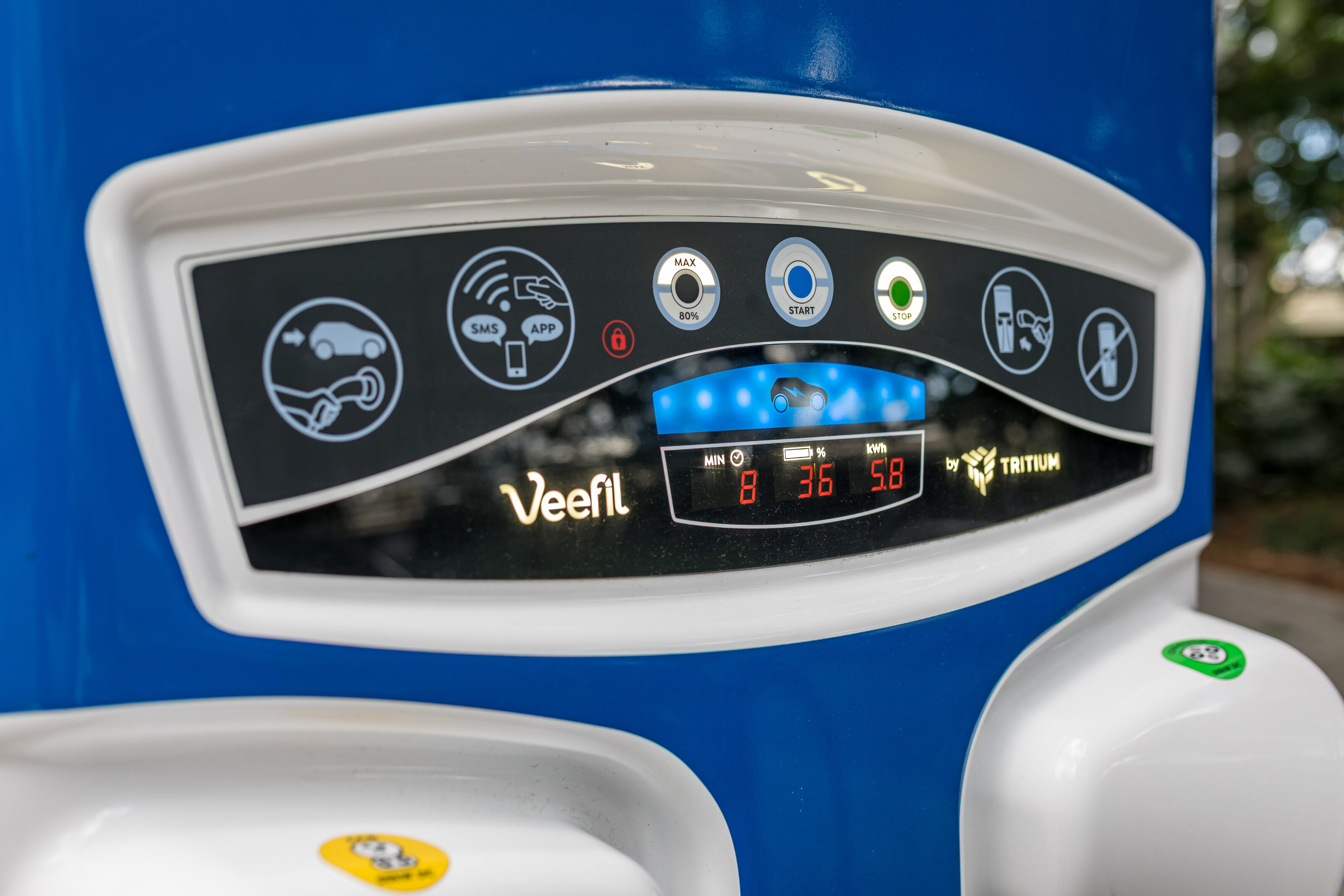
We recommend
-
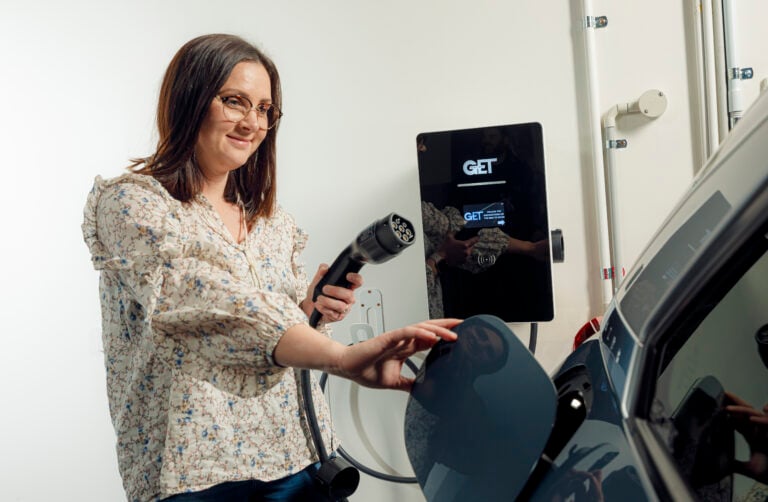 Advice
AdviceEV Charging Explained: Home & public charging, speed & plugs
Sponsored by GET Electric, this is a go-to guide to understand charging an EV at home or on the road
-
 Features
FeaturesEV Guide: Home charging your electric car
When your garage becomes your new favourite fuel station
-
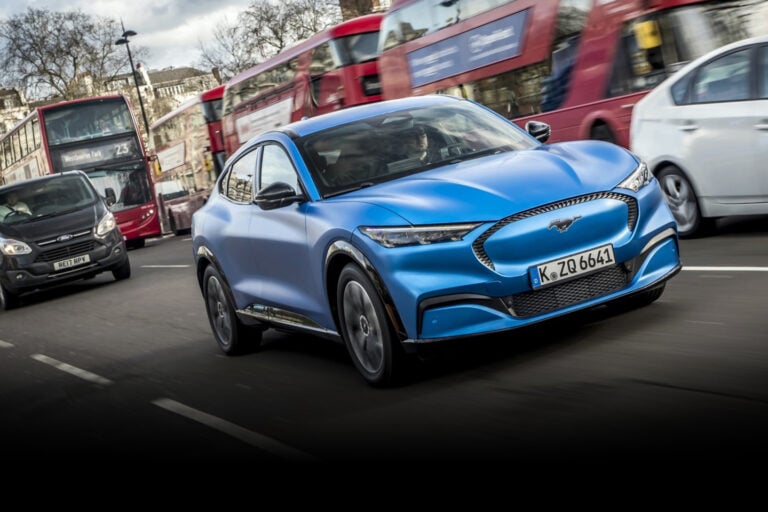 Features
FeaturesThe EVs Australia needs
Australia's list of on-sale electric vehicles is growing at a glacial pace. We take a look at the cars that could kickstart an EV love affair




